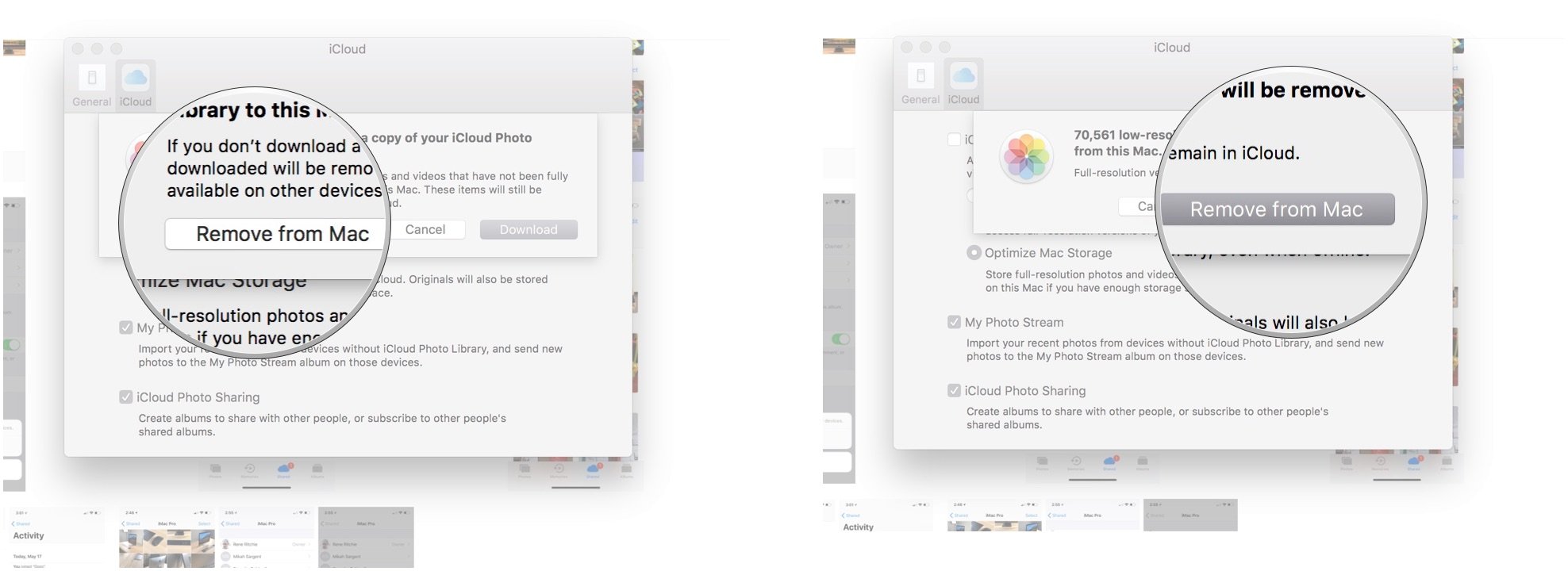Mac Os X Link Dynamic Library Ldd
 If you don't have enough storage space, then hust export a few albums from iPhoto and then delete them. You may have to export all photos by year to make file management easier on the Windows PC. Make sure that you have enough storage space on your hard drive before doing this procedure. If you choose 'Original' in 'File Type', iPhoto will not embed the keywords and GPS data in your exported photos.Quick Tip to ensure your Photos never go missingPhotos are precious memories and all of us never want to ever lose them to hard disk crashes or missing drives. PicBackMan is the easiest and simplest way to keep your photos safely backed up in one or more online accounts.
If you don't have enough storage space, then hust export a few albums from iPhoto and then delete them. You may have to export all photos by year to make file management easier on the Windows PC. Make sure that you have enough storage space on your hard drive before doing this procedure. If you choose 'Original' in 'File Type', iPhoto will not embed the keywords and GPS data in your exported photos.Quick Tip to ensure your Photos never go missingPhotos are precious memories and all of us never want to ever lose them to hard disk crashes or missing drives. PicBackMan is the easiest and simplest way to keep your photos safely backed up in one or more online accounts.
The advantages of using dynamic library are smaller application size since the library code is not incorporated in the application program and it may reduce memory usage when since the library is loaded only when the function is needed.
On Mac OS there is no ldd and people recommend using otool -L, but that shows which shared libraries are expected, not weather or not they are there. Another approach would be to use dtruss, but it requires sudo, and it least in my experience the application behaves very differently when it is being dtrussed, and it fails for an entirely different reason (and before it gets to trying to load the troublesome.dylib). Apr 26, 2011 Dynamic library dependency on Mac OS X. Posted by Unknown in Tuesday, April 26, 2011. We use ldd to find dependencies on Linux platform. Unfortunately, ldd doesn't work on Mac OS X. How to transfer photos library to another mac. Which command line tool is equivalent to ldd on Mac OS X? Answer: For Mac OS. General Git Google Interview Humour Interviews Link List Mac Mathematics. Recursive LDD (recursive-ldd) is a Perl script that allows displaying a tree-like hierarchy of shared library dependencies. The script calls on the standard Linux ldd utility in a recursion for every listed binary and library. It completes running when no matches are found in the current branch. OS X 는 otool (object file displaying tool) 라는 명령어를 -L 옵션을 주고 실행하면 다음과 같이 의존성 있는 동적 라이브러리 및 버전을 확인할 수 있습니다. Oct 27, 2012 Building Python lxml in a virtualenv on Mac OS X 10.7 Published on the 27 Oct, 2012. UPDATE: As of 19th April 2013, libxml has been updated to version 2.9.1.This fixes the issue that was in 2.9.0 which resulted in a failed build on Mac OS.
Note: You can have many C program file with just one header file such as lib.h, lib1.c, lib2.c .. and so on.
The header file for libmymath.h is as follows:
The program file for libmymath1.c is as follows:
The program file for libmymath2.c is as follows:
Create Dynamic Library
Compiling a Dynamic Library
The standard location for dynamic library is at /usr/lib.
The standard location for header file is at /usr/include.
Create the Application Program
Mac Os X Link Dynamic Library Ldd Software
Library Tools
To check the library dependencies of a particular application program use the command otool.
X Link Bt
Mac Os X Link Dynamic Library Ldd Download
Special Note (Important)
Please note that using dynamic libraries is a very complex operation. The above tutorial is to give you a simple idea about using dynamic library in the simplest form.If you have more complex requirement such as exposing only some of the function in the program and hide internal function, you might need to use EXPORT in the C program file and use -fvisibility=hidden during compilation. There are many issues to consider when there are multiple dependencies and multiple versions involved. You might also need to use dlopen command to open the dynamic library.
For more information pleaser refer to Mac Developer Guide on Dynamic Library Programming.